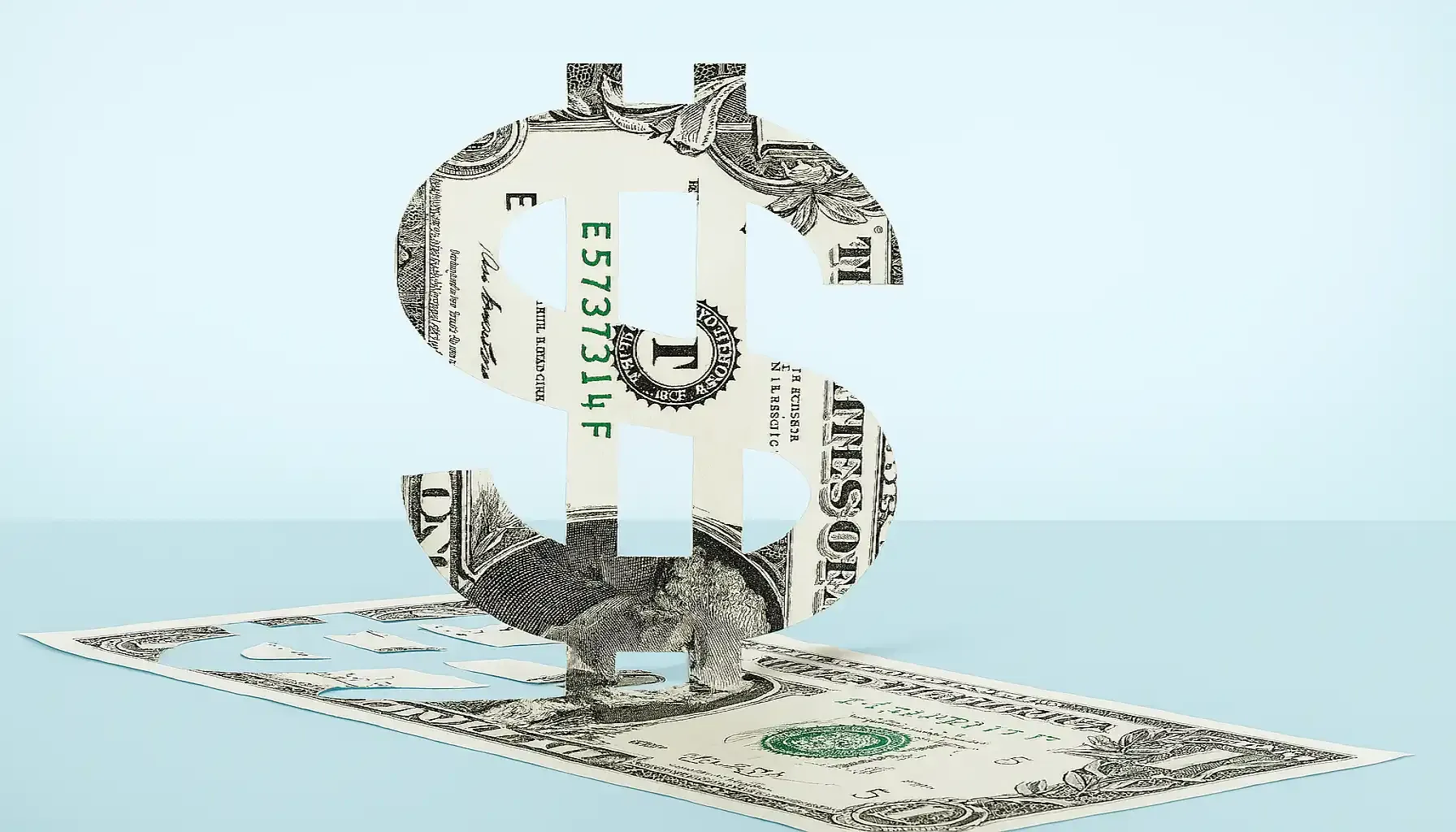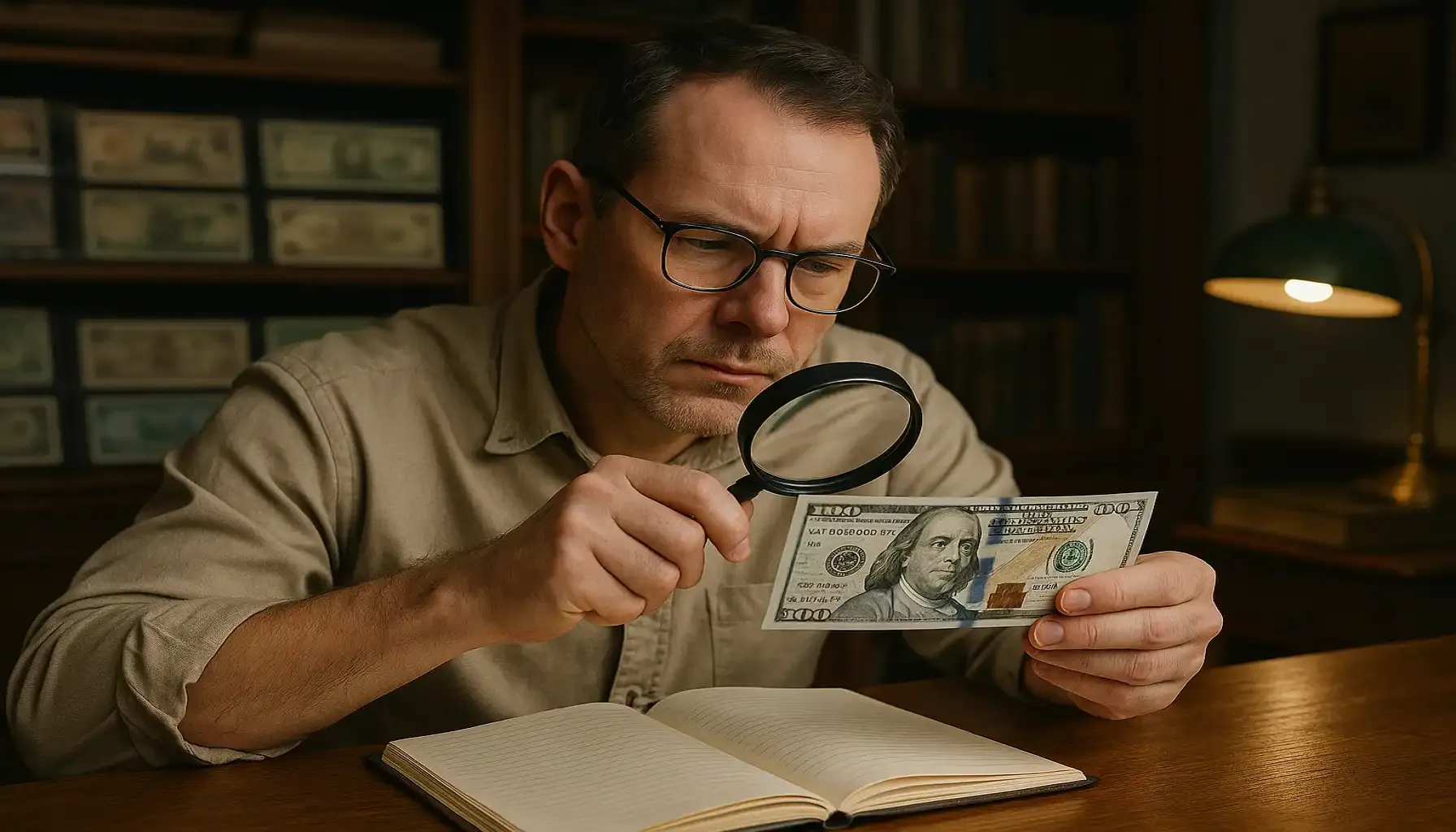Contents:
The 1972 Lincoln penny is a coin that many collectors would like to have not just for its historical significance but also for its variety of errors and features. Today, we will tell you more about this piece including the 1972 penny error list and specific details about the 1972 double die penny.
Moreover, you will find out how to identify coins, grade them, and store them in the right way.
Feature | Details |
Face Value | $0.01 (One Cent) |
Composition | 95% Copper, 5% Tin/Zinc |
Diameter | 19 mm (0.75 inches) |
Weight | 3.11 grams |
Edge | Plain |
Mints | Philadelphia (No Mint Mark), Denver (D), San Francisco (S) |
Errors | Double Dies, Re-punched Mint Marks, Planchet Errors, etc. |
History of the Coin
The 1972 Lincoln coin is part of a long tradition of one-cent coins in the United States. Introduced in 1909 to honor Abraham Lincoln’s 100th birthday, these pennies replaced the Indian Head cent. Designed by Victor David Brenner, the obverse featured Lincoln’s profile.
In 1959, a year before the 1960 pennies were minted, the reverse design shifted to show the Lincoln Memorial, commemorating Lincoln’s 150th birthday. This design, crafted by Frank Gasparro, was used until 2008.
The coin represents the era when coins were still predominantly copper, as the composition changed in 1982 to a zinc core with a copper plating because of rising metal costs. It was a year of mass production, with billions of pennies minted across three locations: Philadelphia (no mint mark), Denver (1972 D penny), and San Francisco (1972 S penny).
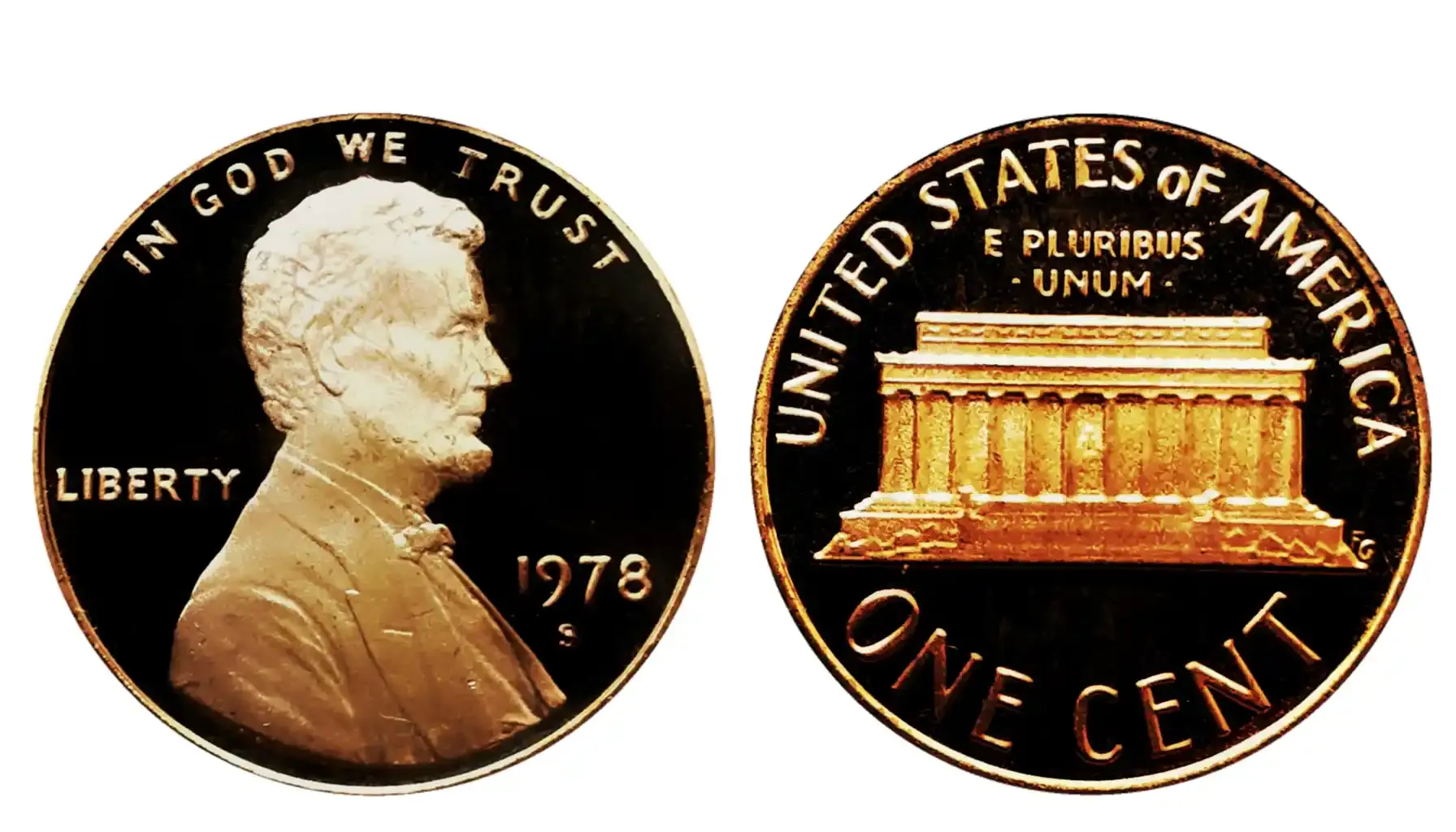
Design Features
The design was sculpted by Victor David Brenner. The obverse of the coin features a right-facing profile of President Abraham Lincoln. Brenner’s depiction of Lincoln is both dignified and reflective as a unifying leader during the Civil War. Surrounding the portrait are the inscriptions “IN GOD WE TRUST” at the top, “LIBERTY” to the left, and the date “1972” to the right. On coins minted in Denver and San Francisco, the “D” or “S” mintmark appears just below the date.
The reverse of the coin, introduced in 1959 to replace the wheat ears design, shows the Lincoln Memorial. This change was made to honor the 150th anniversary of Lincoln’s birth. The Memorial features its columns, steps, and even a tiny engraving of Lincoln’s statue at its center, visible under magnification. Surrounding the Memorial are the inscriptions “UNITED STATES OF AMERICA” at the top and “E PLURIBUS UNUM” just beneath it. The denomination, “ONE CENT,” is displayed at the bottom.
The coin is composed of 95% copper and 5% zinc with reddish-brown hue. Each coin weighs approximately 3.11 grams.
Errors and Variants
Collectors are particularly drawn to the 1972 penny error list with pictures because of the variety of errors. Here are the most significant ones:
1. 1972 Double Die Penny

One of the most sought-after varieties is the 1972 double die penny, where the obverse lettering and date show clear doubling. This error increases the coin's value, especially in higher grades.
2. 1972 Penny No Mint Mark
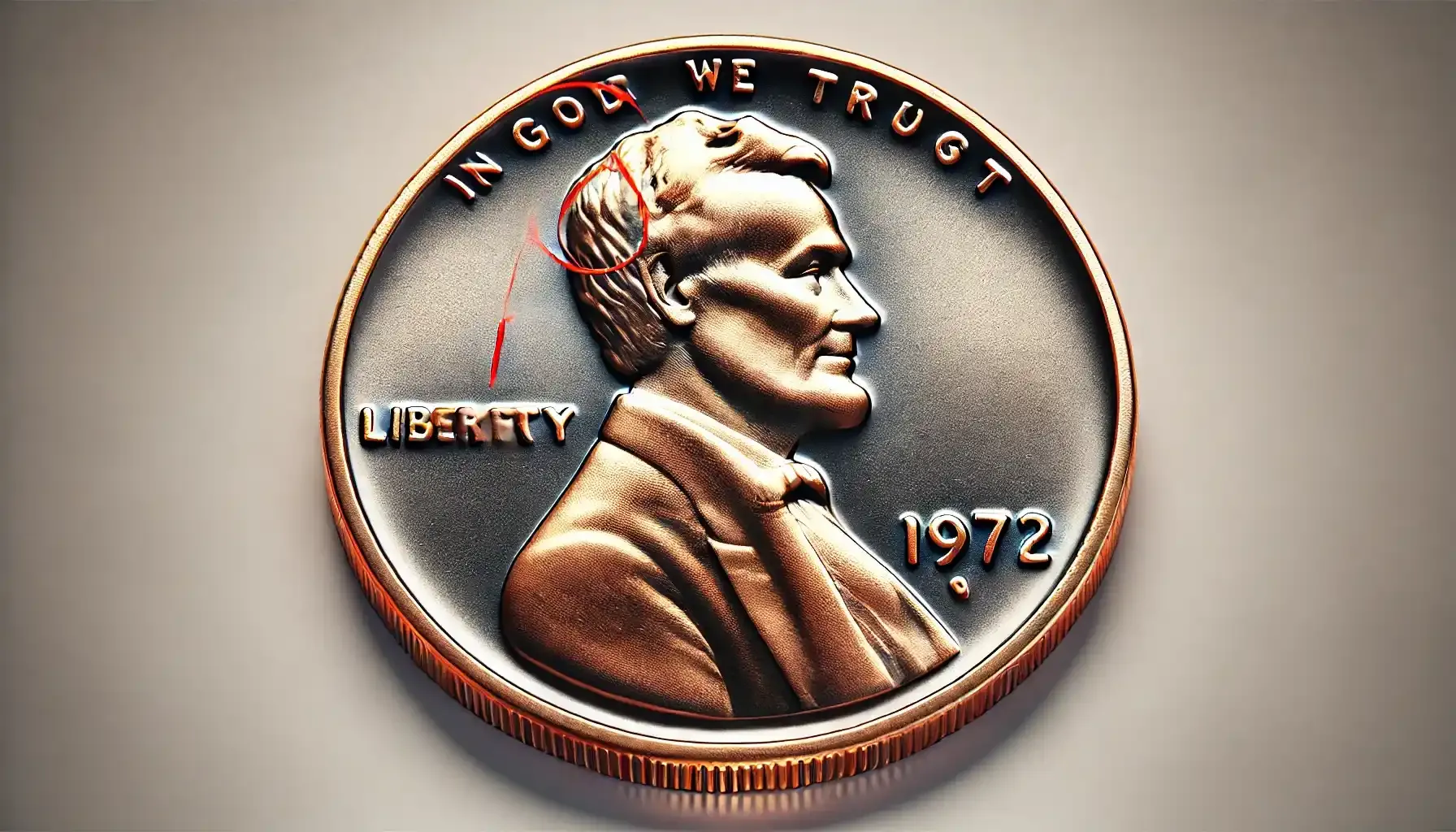
Philadelphia struck nearly 3 billion pennies without a mint mark. While most are common, errors such as 1972 penny double die and 1972 penny double rim error examples are prized.
3. 1972 D Penny Errors

The Denver mint produced over 2.6 billion pennies. While most are worth their face value, the 1972 D penny error list includes re-punched mint marks and other imperfections.
4. 1972 S Penny Error
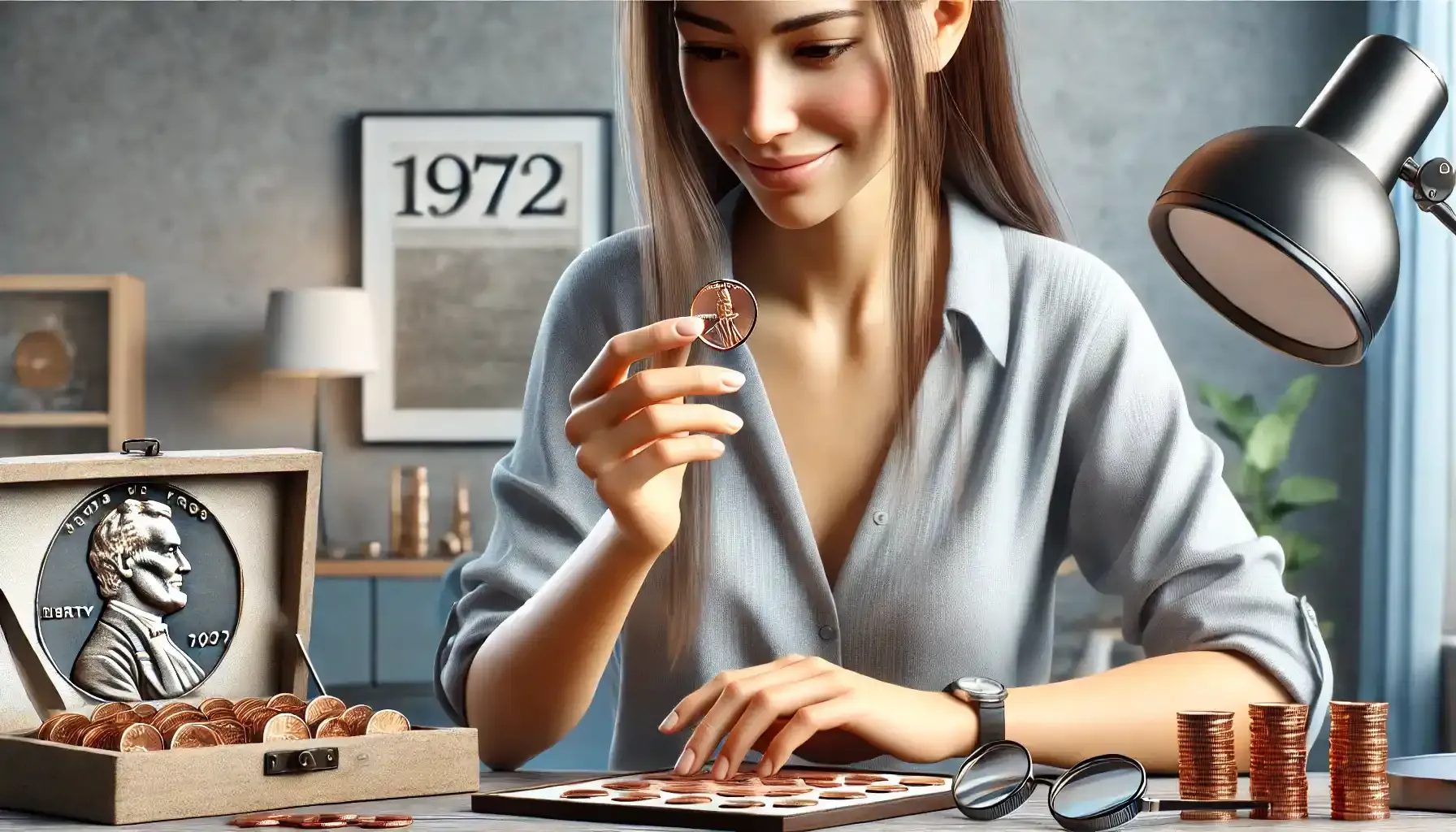
With a smaller mintage, the 1972 penny S is collectible for the proof-like quality. Errors such as doubled dies and planchet flaws are notable, often appearing in the 1972 S penny error list with pictures for easier identification.
5. Other Errors
Wrong Planchet: Coins struck on incorrect metal or foreign planchets.
Off-Center Strikes: Misaligned strikes causing partial designs.
Re-Punched Mint Marks: Duplicated mint marks on 1972 D pennies or 1972 S pennies.
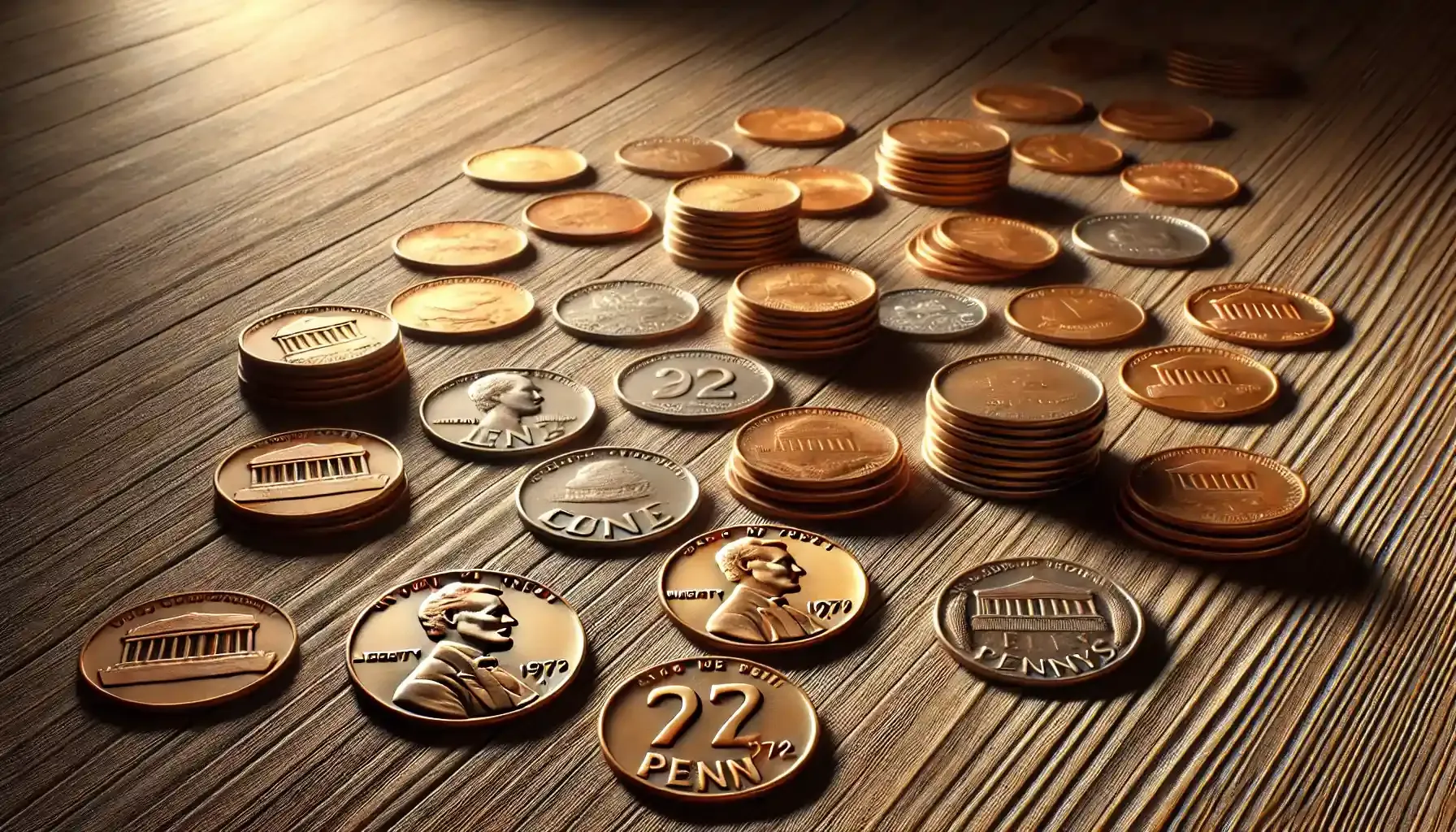
Is a 1972 Penny Worth Anything?
Factors Influencing Value:
Condition: Coins in mint state fetch higher prices.
Errors: Significant flaws like a 1972 DDO penny (Doubled Die Obverse) greatly increase value.
Rarity: Some variants, like 1972 S penny rare examples, are harder to find.
Varieties and Their Value
The 1972 Lincoln penny value is connected with its variety and grade. Produced at three U.S. Mint locations—Philadelphia, Denver, and San Francisco—each type comes with its own characteristics, mint marks, and occasionally, rare errors, e.g. 1972 D penny error examples.
1. 1972 Penny Value No Mint Mark
The Philadelphia Mint struck over 2.93 billion pennies in 1972. These coins lack a mint mark, which is typical for pennies minted in Philadelphia.
Grade | Estimated Value |
Circulated | $0.01 – $0.10 |
MS63 | $15 – $25 |
MS65 | $25 – $100 |
MS67 | $1,000 – $3,290 |
The 1972 penny no mint mark value in MS67 RD (red color designation) condition fetched $3,290 at a Heritage Auction in 2013.
2. 1972 Penny Value D
The Denver Mint produced over 2.66 billion pennies in 1972, identified by the "D" mint mark on the obverse side. While these are plentiful in circulation, their value increases in higher grades or if they feature 1972 D penny errors.
Grade | Estimated Value |
Circulated | $0.01 – $0.10 |
MS63 | $8 – $12 |
MS65 | $20 – $50 |
MS67 | $1,500 – $4,250 |
A 1972 penny D graded MS67 RD set an eBay record when it sold for $4,250 in 2012.
3. 1972 S Penny Worth
With a smaller mintage of 376.9 million, 1972 S pennies are distinguished by their "S" mint mark and superior quality, often sought after for their proof-like appearance.
Grade | Estimated Value |
Circulated | $0.01 – $0.10 |
MS63 | $10 – $15 |
MS65 | $25 – $50 |
MS67 | $800 – $1,955 |
How much is a 1972 S penny worth? One graded MS67 RD sold for $1,955 in 2007.
Related article: Sacagawea Coin Value.
4. 1972 Double Die Obverse (DDO) Penny
Only about 20,000 of these error coins are thought to exist. So, they are rather collectible. The most expensive 1972 double die penny worth ever sold went for $14,400 at a Heritage Auction in 2019.
Grade | Estimated Value |
MS63 | $250 – $500 |
MS65 | $1,500 – $3,000 |
MS67 | $10,000 – $14,400 |
5. Doubled Die Reverse (DDR)
This less common error features doubling on the reverse inscriptions and the Lincoln Memorial. While not as valuable as the DDO, it still has its attention. You may look at the 1972 penny double die value of this type in a table below:
Grade | Estimated Value |
MS63 | $150 – $300 |
MS65 | $500 – $1,000 |
6. Re-Punched Mint Mark (RPM)
1972 error penny examples often include coins with re-punched "D" mint marks, where the mark was struck multiple times, causing a shadowed effect.
Grade | Estimated Value |
Circulated | $5 – $15 |
MS65 | $100 – $250 |

7. Off-Center Strike
Off-center errors occur when the coin is misaligned during the striking process. These errors are highly collectible. How much is a 1972 penny worth if it is of this type? Here is the answer:
Error Coverage | Estimated Value |
10% – 25% | $15 – $50 |
50% | $200 – $500 |
8. Struck on Wrong Planchet
One of the rarest 1972 penny errors struck on foreign or incorrect planchets can cost thousands of dollars.
Grade | Estimated Value |
MS63 | $2,000 – $5,000 |
MS65 | $8,000 – $15,000 |
Auction Highlights
The following table shows some auction records for these coins across different varieties and errors:
Type | Grade | Price | Year |
1972 Double Die Obverse | MS67 RD | $14,400 | 2019 |
1972 No Mint Mark Penny | MS67 RD | $3,290 | 2013 |
1972 D Penny | MS67 RD | $4,250 | 2012 |
1972 S Penny | MS67 RD | $1,955 | 2007 |
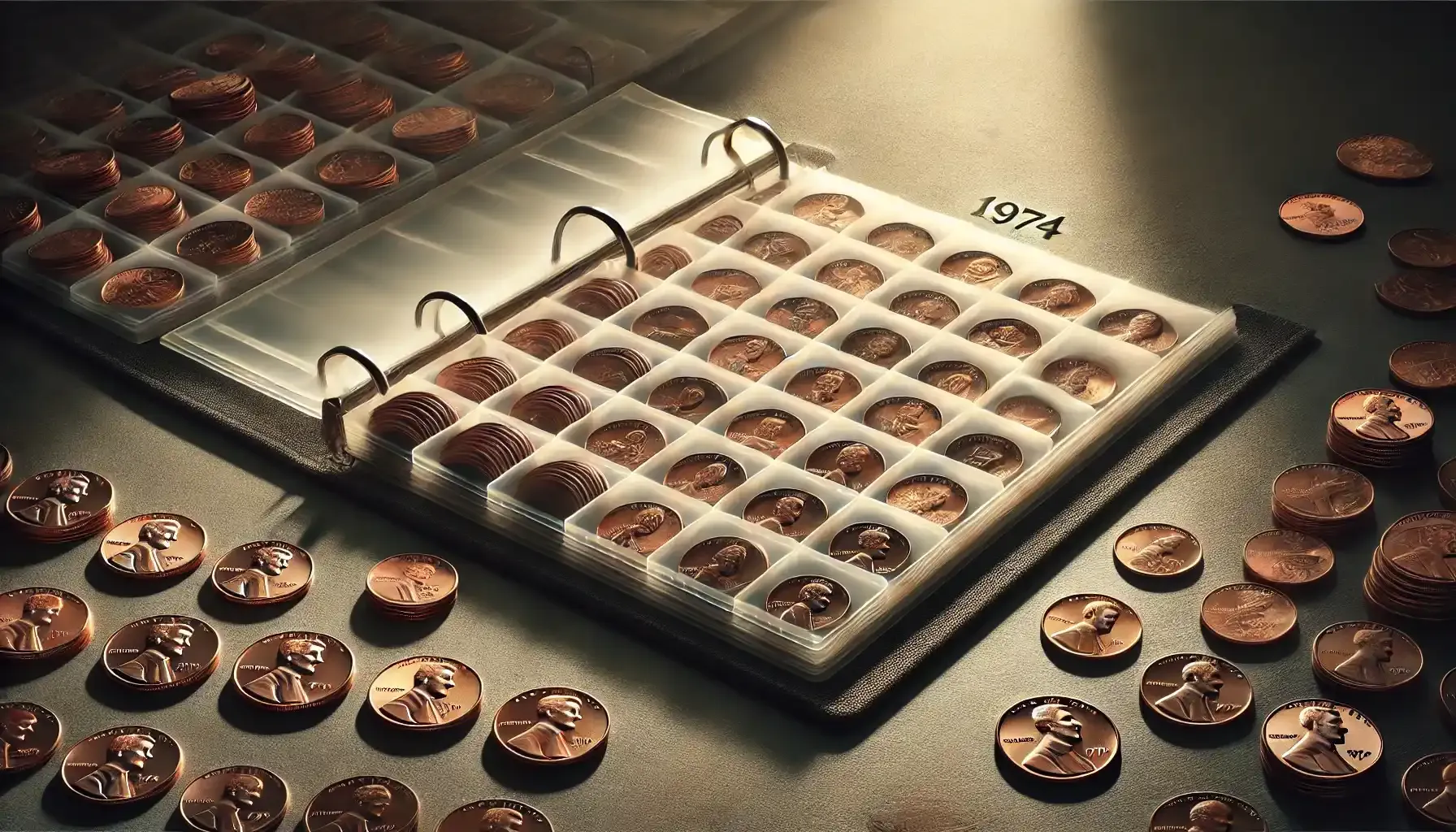
Did you know? To understand the value of 1972 penny, it requires careful evaluation of its grade, mint mark, and any errors it may feature. Professional coin grading services like PCGS and NGC offer assessments, while tools like the Coin ID Scanner app provide an accessible way to identify and evaluate coins from home.
Disclaimer: The penny 1972 value examples in tables may fluctuate based on market demand and grading.
How to Store Your Coins
Storing coins properly is a thing that every numismatist must master to ensure their pieces stand the test of time. The first rule is simple: handle each coin with the care it deserves. Gloves are your best friend here—cotton or nitrile ones—keeping the natural oils and dirt of your hands from tarnishing their brilliance. Always hold a coin by its edges, never its face, as it preserves its surface like a delicate canvas.
Individual holders are ideal, whether you opt for the sleek practicality of Mylar flips, the classic touch of cardboard 2x2s, or the solid protection of airtight capsules. Albums and binders can give your collection an organized flair, provided the materials are acid-free and archival-quality. For those coins already certified by professional grading services, their protective slabs offer all the security they need.
The environment in which your coins live is important. Humidity must be kept at bay—ideally between 30-50%—to avoid the insidious creep of corrosion. Temperature matters, too; stability is key, as wild swings can harm even the toughest metal. And light? Think shadows. Excessive exposure, especially to UV rays, can leave a coin’s surface faded and tired. Store them somewhere dark, with fresh, clean air surrounding them.

A critical note: resist the urge to clean your coins. Even the most careful scrubbing can strip away their value. Instead, let their patina talk. Avoid stacking them like poker chips; each one deserves its own space, free from the threat of scratches and dents. Household materials, like paper envelopes or ordinary plastic containers, may seem convenient but are traps in disguise.
Categorize your coins by year, type, or denomination, and let every piece find its rightful place. Labels should be thoughtful, without risking their preservation.
Finally, never underestimate the importance of security. For coins of high value, a sturdy safe or safety deposit box will be convenient and useful. And for those rarest examples, consider insurance—an investment in their future, just as much as yours.
FAQs
How much is a 1972 D penny worth?
It is generally valued at $0.01 in circulated condition due to its abundance. However, certain conditions and varieties can increase its value. Mint-State Coins: In uncirculated condition, these coins range in value. MS63: $0.20 to $1. MS65: $10 to $20. MS67 or higher: Up to $400 in some cases due to rarity in such a high grade. Error Coins: The 1972 D mint mark does not have as famous an error as the Philadelphia version, but some varieties, like off-center strikes, die clashes, or repunched mint marks (RPMs), can command prices from $50 to several hundred dollars. Careful inspection by an expert is a must to determine its full value.
What makes a 1972 penny valuable?
A 1972 penny becomes valuable primarily because of one or more of the following factors: Errors and Varieties: DDO is the most famous error, with doubling on key inscriptions. The strongest version (FS-101) is wanted by collectors. Off-center strikes, die cracks, die clashes, and repunched mint marks (RPMs) can also enhance value. Uncirculated coins with minimal marks or wear, especially those graded MS67 or higher, can fetch high prices due to their scarcity. High-grade proof coins, especially with deep cameo contrasts, are more valuable than standard strikes. Rarity and Demand: Coins with unique features or limited availability attract competitive bidding among collectors.


